
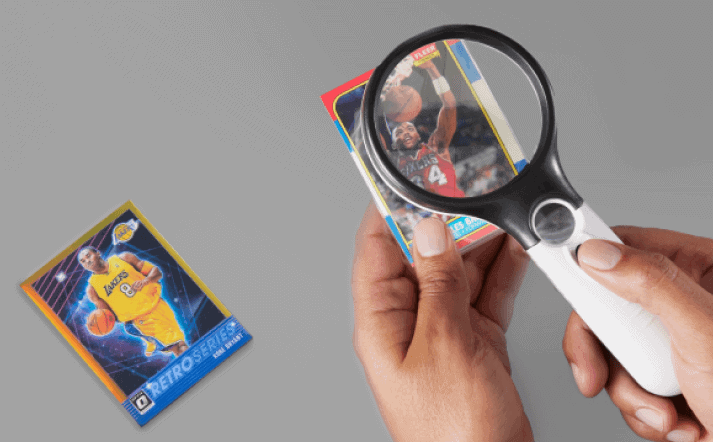
There’s almost no question if you should get your most collectible cards graded. The answer is always going to be yes. Whether you choose PSA, BGS, SGC or another grading company is up for debate, but getting your cards graded should not be.
In this article, we’re going to walk you through best practices you should consider before grading your cards.
See examples of PSA 10 cards on eBay
Before we get into the how-tos of analyzing your card before grading, it’s also important to understand why you should grade your cards.
Grading your cards does three primary things:
See examples of PSA 10 cards on eBay
The primary reason people grade their cards is because it typically increases their value – at least, with a good grade. Modern cards should be expected to grade a 9 or better, but a 10 can really increase the selling price. Vintage cards, depending on the year, don’t have solid expectations, but high grades can really boost the value.
While PSA, BGS and SGC slabs all bring their own unique style (check them out here), one thing they all have in common is that they preserve and protect the cards inside.
Most collectors prefer one slab design over another, but there’s no right answer. There is a most popular answer, however, and that’s PSA.
Finally, don’t forget that a grade is the stamp of authenticity from the grading company, assuring your card is authentic and preserving it’s value for good.
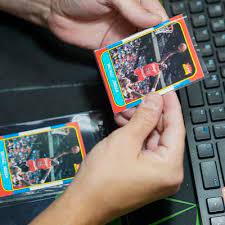
While you can buy already graded cards, one of the easiest hacks for making big bucks on sports cards is buying raw cards and grading them yourself.
I’ve written before that it’s better to buy raw cards and get them graded. The following in an excerpt from that story. While it was written in 2021 and the valuation isn’t the same right now, the logic still holds true:
Here’s a hypothetical: You want a PSA 10 Luka Prizm Rookie
See examples of PSA 10 cards on eBay
In this situation, it’s better to buy the raws and get them graded. But in that same situation, even if your grades came back 8, 9, 9, that’s an $815 resell value, so you still make money.
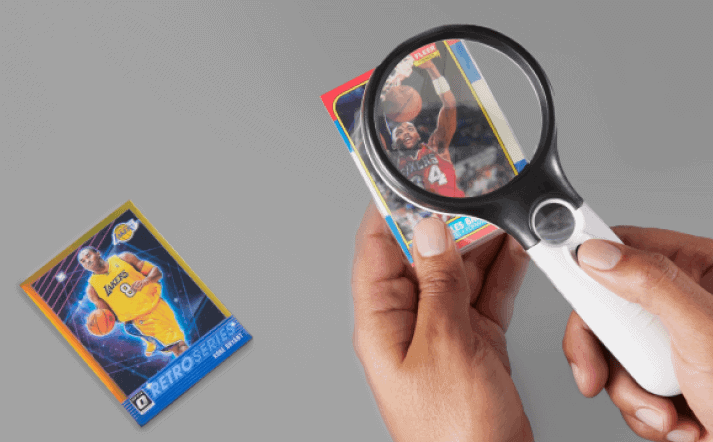
So you’re ready to submit your cards for grading and you’ve decided to do it yourself? Good. That’s a big-time move and will set you well on the way to making big returns.
Now’s what you’ve been waiting for: how to analyze your cards for grading.
Half of the secret is knowing what companies are looking for, and whether you’re grading BGS, PSA, SGC or something else, there are going to be four main factors to consider: centering, corners, edges, and surface.
Here’s a breakdown of all four criteria and how you can use them to estimate how your cards will grade prior to grading.
See examples of PSA 10 cards on eBay
PSA requires centering of 65/35 or better to receive a Mint 9 grade. BGS is stricter. Both top-bottom and left-right centering matter. Use the visual examples here to estimate, or use a measuring tool. I
If you’re looking at a digital scan of the card, you can measure centering with a tool such as PixelZoomer. Just be aware that if the scan or picture is skewed, your measurements will be as well. Centering of the backside matters as well but only centering 75/25 or worse is noteworthy.
They should be sharp and clean. Corners that look like they were bumped or bent is a major offense. If they have a hint of white showing, it is a minor offense.
Corners that are sharp but have a hint of extra cardboard fuzz hanging off the end of them are fine. PSA can be extremely strict on corners, whereas BGS is somewhat more forgiving.
Check at all four edges for inconsistencies in the cardboard. White, where it should not be, is bad. Look for chips, wavering, or anything inconsistent. Cards with white edges typically fair better than cards with black edges (look at the 2007 Topps set as an example – the black edges chipped horribly).
This is the hidden foe of most new graders. Most defects will only be detectable if you hold the card at an angle to the light and tilt it slightly. Look for scratches, indentations, bumps, and print lines. Use a microfiber cloth to gently wipe anything away, including fingerprints.
A typical modern card out of the pack has one or two very minor imperfections and is considered NM/MT – Mint. This is the condition you should expect when looking at an ungraded card.
If the card is perfect, it’s potentially a Gem Mint example and you may want to send it in to be graded by PSA or another third-party grader. If it has more than 2 minor defects, the defects should be noted when selling or trading the card. For examples of cards at all different grades, use this visual guide from PSA.
If you pulled a highly defective card out of a pack, both Panini and Topps offer a replacement program.
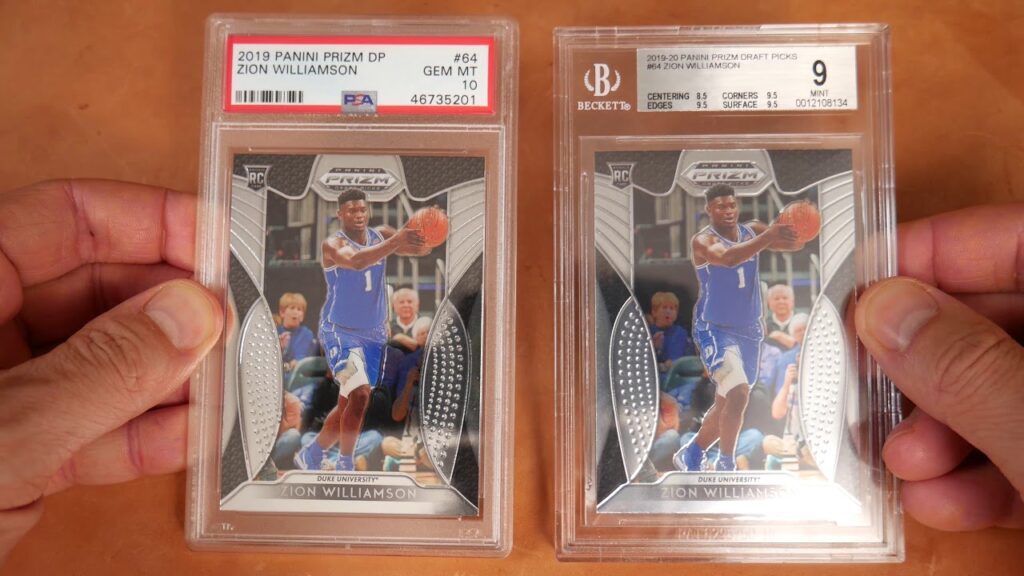
Here’s a cheat sheet to help:
Now that you know why to grade your cards and what grading companies look for, you’re well on your way to getting a good feel for grading.
And, remember, the more you grade, the more you’ll get a feel for it. When you’re starting out, make a guess of what all your cards will grade and compare that list to the actual result. See how close you are, adjust, and repeat. The longer you do it, the more dialed in you’ll become.
Do you have any self-grading tips? Let us know on Twitter @card_lines and be sure to subscribe to our newsletter, which brings investment advice and industry news straight to your inbox twice a week.
I deep-dove on Fanatics Collect so you don't have to (but should you?)
Panini is launching a WNBA Product at $30,000!?
Topps Chrome 2024-25 Basketball: Honest Review and Notes
Did you know this SECRET about PSA slabs? #sportscard #tcg
5 EASY tips to make more money on eBay sports cards.
I opened a sports card mystery box and found something AWESOME inside
The SAD story of Collectable. What went wrong? (The Downfall Fractional Sports Card Investing)
what was Panini doing? 🙄
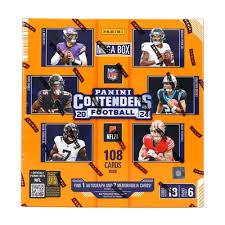
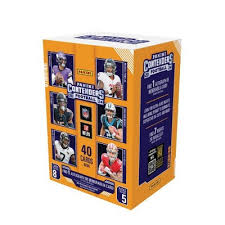
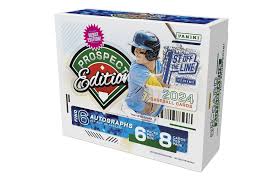
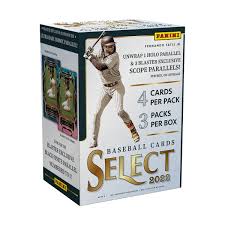
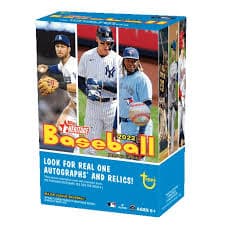
2022 Topps Heritage Baseball Blaster Box Configuration: 7 Packs per Box – 9 Cards per Box. Plus 1 extra pack.
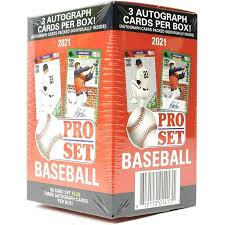
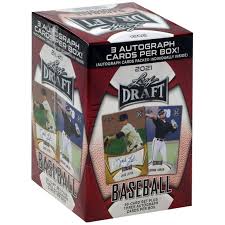
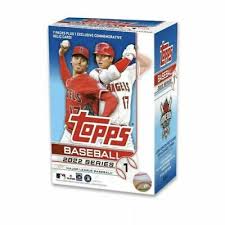
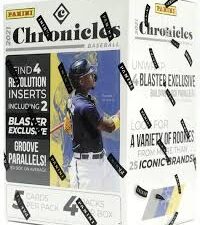
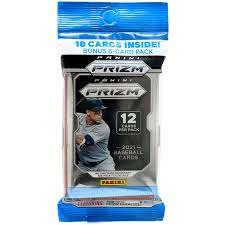
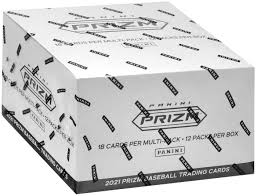

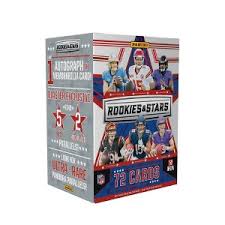
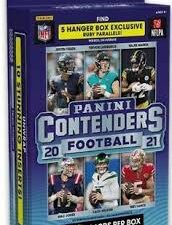
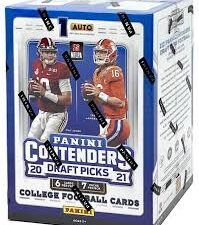
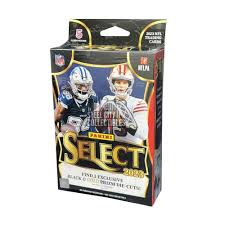
Keep up on breaking Sports Card News, our latest articles, product specials and exclusive content with expert analysis of hobby trends.

© Copyright 2025 - All rights reserved Cardlines.com / Media Techs LLC - Sports Card News, Reviews, Releases and BREAKS - #thehobby.
Important: When you click on links to various merchants on this site and make a purchase, this can result in this site earning a commission. Affiliate programs and affiliations include, but are not limited to, the eBay Partner Network.
I Tested eBay Auction Promotions So You Don’t Have To!
Cardlines June 30, 2025 7:01 pm